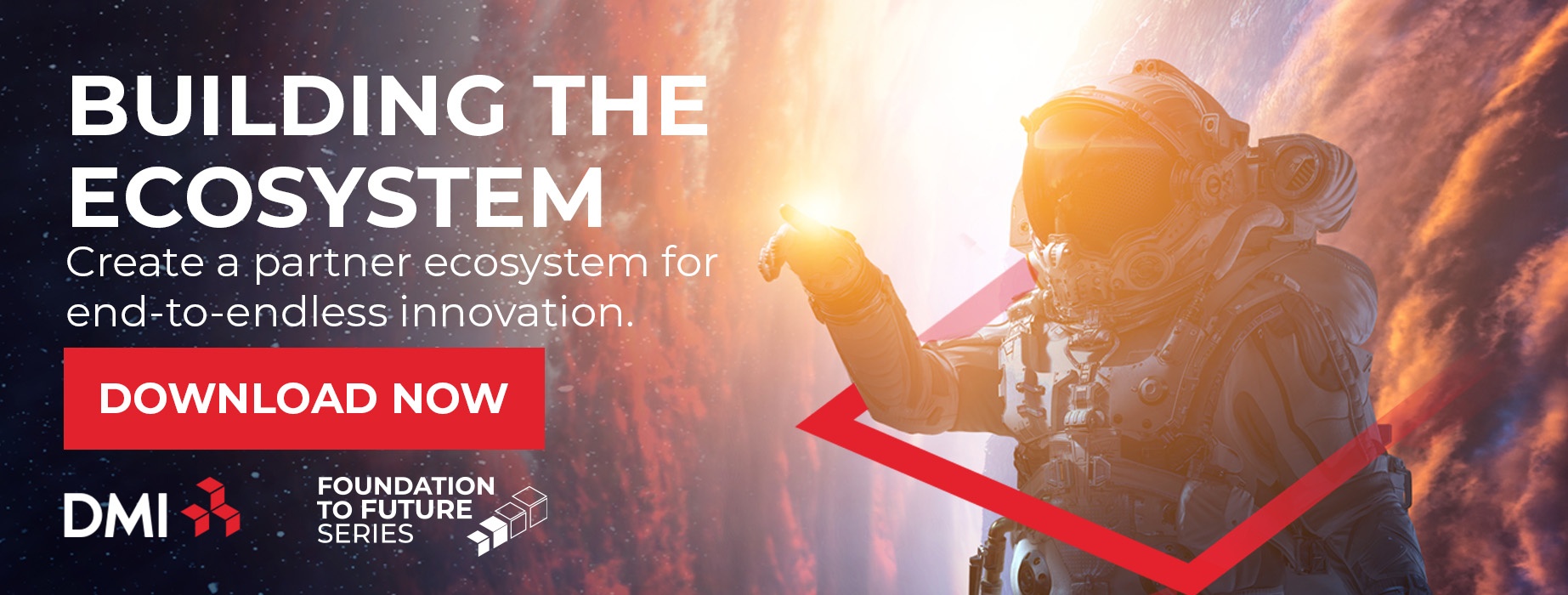
eCommerce Shifts & the Need for the Right Human Capital
Change seems to be our new bedfellow in both our lives and the business world. While we continue to strive to return to a sense of stability, several of these shifts are impacting eCommerce organizations.
What are these shifts? Specifically, we’re referring to:
- Changing Buying Habits: Covid changed the ways consumers shop and interact with brands.
- The Great Resignation: This resourcing phenomenon has created a challenge for eCommerce teams, HR, and recruiting groups, as well as employees, to look for higher salaries and defined career paths.
- eCommerce Transformation: The above two are happening all while organizations are moving from, or considering a move from, on-prem monolithic eCommerce platforms to SaaS-oriented, headless systems that require fewer resources to manage.
These sudden alterations to the eCommerce environment affected businesses internally based on the type of architecture they were on, and heavily influenced decisions moving forward. Those using a monolithic eCommerce platform realized a much different, more difficult state, than those that had already adopted or migrated to a dynamic, integrated ecosystem –something DMI refers to as Stage 2 in our proprietary “Foundation to the Future” model. However, how this impacts these organizations — and what it means for technology groups and HR divisions — is different.
The success of these businesses now rides on the ability of eCommerce and recruiting leaders to be in lockstep while they find ways to secure and retain the right human capital for the near future.
How We Got Here
Even before the pandemic, eCommerce companies had begun their moves from large, monolithic platforms to more agile ecosystems that bring together SaaS applications, cloud hosting, and headless technologies. The emergence of COVID-19 simply accelerated the inevitable.
Why the transformation to a new eCommerce environment? There were many reasons, including the flexibility of these new technologies and the ability to better meet the demands of consumers. The move also meant eCommerce companies could create a better strategy for their human capital management.
Monolithic applications, like SAP Hybris, Oracle Websphere, and others, required large teams of highly specialized talent just to keep the solutions up and running. Additionally, these teams needed to keep up the pace to meet grueling released schedules, where, in essence, every holiday represented a new software release.
SaaS & The Nimble eCommerce Organization
However, it isn’t just about the number of staff needed to manage a large eCommerce solution. It’s also about the skills and the ability to get new team members productive. When hiring for the platforms, companies had two options: find a well-heeled developer with a wealth of experience in that exact solution or hire a bright junior developer to learn the ropes.
The first option leads to a long search for a rare resource that still needs time to come up to speed on your exact configuration. This resource isn’t just hard to find; of course, that level of skill and experience is also expensive.
The second option may get you to fill a req faster and within budget, but the learning curve is steep. Few skills are transferable from one of these large platforms to another. It can take months for a new developer to become a productive team member.
With a SaaS solution, there are a variety of transferable skill sets. New resources can be up to speed and contribute meaningfully in days, not weeks or months.
SaaS Platforms Return The Focus To The Core Business
At the end of the day, eCommerce is retail, and retail is not software development. Yet, with a complex platform and an on-premise solution, that’s what many of these businesses became. When you have so much human resource cost sunk into the fulfillment, the support, the maintenance, and the upgrades of your monolithic system, you’re really a software shop and no longer a retailer.
The more agile SaaS and headless solutions require less management and upkeep. These organizations realize that these modern solutions are less resource-intensive and less operationally intensive, allowing them to be less of a software shop and focus more on their core business and customers.
The Great Resignation Still Applies To SaaS-Oriented Ecosystems
Regardless of which solution you currently have, post-pandemic workers are demanding more. A decade ago, you could hire a developer, offer them good pay and benefits and give them interesting projects to stay satisfied. Today, these same resources want a clear-cut career path.
While the problem is the same regardless of the ecosystem, the SaaS solution provides a better answer. The learning and career opportunities with these modern technologies are broader and provide a path to the future.
Conclusion
Today’s eCommerce organizations must consider human capital as part of their digital transformation process. Is it worthwhile — or even feasible — to stay with the heavy, cumbersome, on-premise solution? Or is now the time to move to a nimble ecosystem that offers flexibility in user experience, features, operations, and staffing? It’s not hyperbole to say that, today, the right ecosystem will determine your success in the future.
![[FREE GUIDE] RECOGNIZE THE BENEFITS OF DIGITAL TRANSFORMATION THROUGH AN ECOSYSTEM APPROACH](https://no-cache.hubspot.com/cta/default/8444324/f8ee566c-b425-459e-978e-2b8f0eb44811.png)
